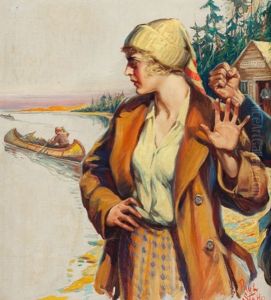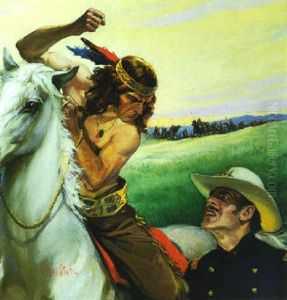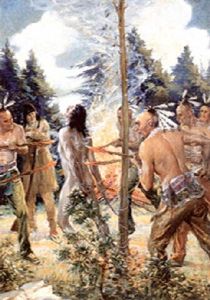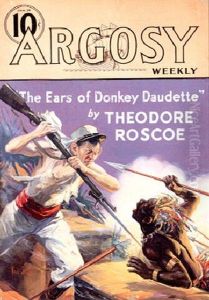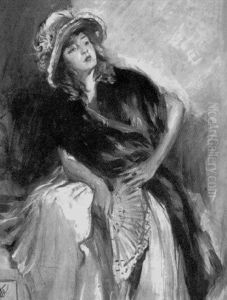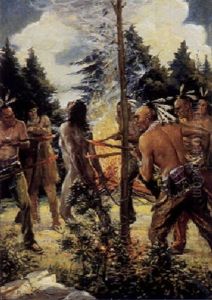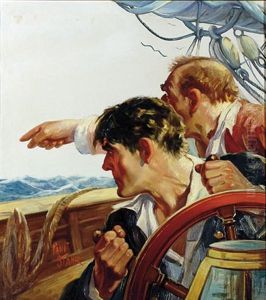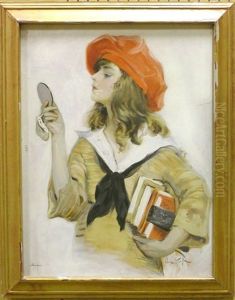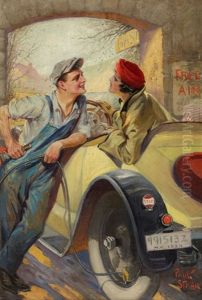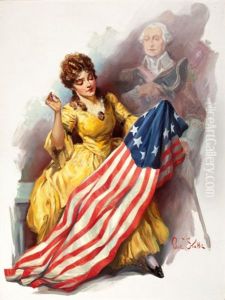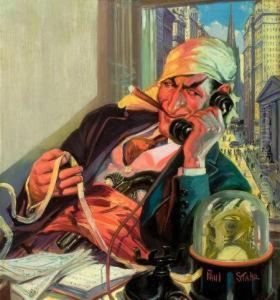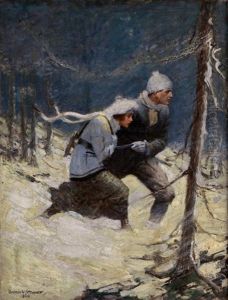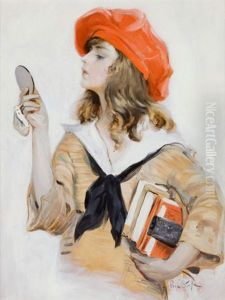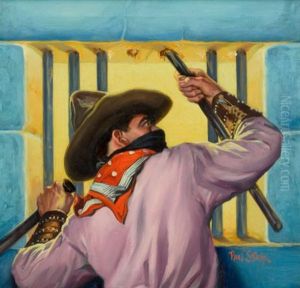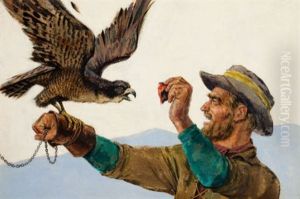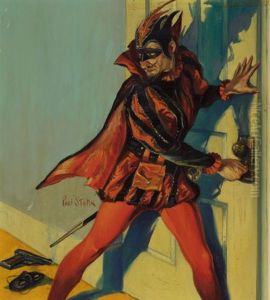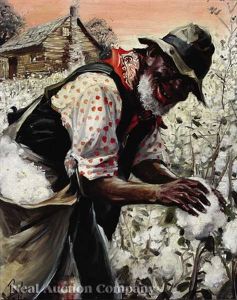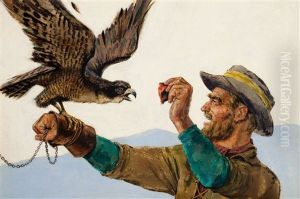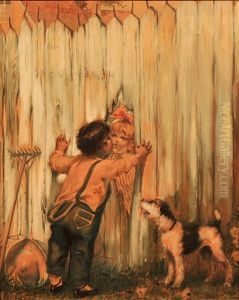Paul C. Stahr Paintings
Paul C. Stahr was an American artist and illustrator known for his work in the early 20th century. Born in 1883, Stahr grew up in a period of significant change and innovation in the United States, which influenced the development of his artistic style. He demonstrated a natural talent for art from a young age, eventually leading him to pursue a career as a professional artist. Stahr's work encompasses a variety of mediums, including painting, illustration, and graphic design, showcasing his versatility and adaptability as an artist.
Throughout his career, Paul C. Stahr contributed to numerous magazines and publications, creating cover art, illustrations, and advertisements. His illustrations were widely appreciated for their vividness, attention to detail, and the ability to capture the essence of the subject matter. Stahr had the capability to work across different genres, producing works that ranged from portraits and landscapes to more commercial pieces for advertisements and magazine covers. His style was characterized by a blend of realism and illustrative flair, making his work distinctive and easily recognizable.
During the peak of his career, Stahr's illustrations graced the covers of popular magazines of the time, including 'The Saturday Evening Post' and 'Collier's.' These publications were instrumental in bringing his work to a broader audience, establishing him as a prominent figure in the American art scene. Despite the widespread acclaim, details about his personal life and training remain relatively scant, which is not uncommon for artists of his era. However, his contributions to the field of illustration and graphic design have left a lasting impact, influencing subsequent generations of artists.
Paul C. Stahr passed away in 1953, leaving behind a legacy of artistic excellence and innovation. His work continues to be studied and admired by art historians, illustrators, and art enthusiasts alike. Stahr's ability to adapt and thrive in the evolving landscape of American art during the early 20th century is a testament to his skills and vision as an artist. Today, his illustrations serve not only as beautiful artworks but also as historical documents that offer insights into the aesthetics and cultural trends of his time.
